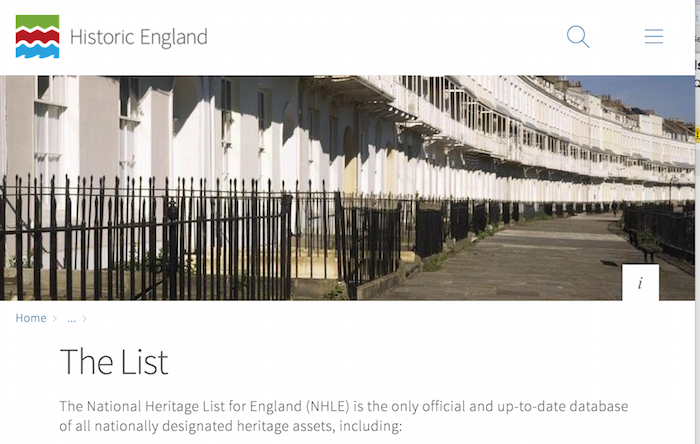Topics > County Durham > Gilesgate > Church of St Giles
Church of St Giles
St. Giles Church is located on Church Lane in the Gilesgate area of the City of Durham. The church was originally the hospital chapel of the Hospital of St Giles and dedicated by Bishop Flambard in 1112 AD. Bishop Puiset extended the church and the church tower was added in the early 13th century. The church was restored and extended in the 1870s as the population of the parish grew. The church is a Grade I listed building on the National Heritage List for England.
St. Giles Church is a grade I listed parish church in Gilesgate, Durham, England.
The church was constructed as the hospital chapel of the Hospital of St Giles and was dedicated in on St Barbara's Day, June 1112 by Bishop Flambard to "the honour of God and St Giles". The church became caught up in an 1140 dispute over the bishopric of Durham following the usurpation of the diocese by William Cumin, Chancellor of King David I of Scotland. William of St. Barbara, the rightly elected Bishop, was forced to retreat to, and fortify, the church after his abortive entry into Durham was beaten back by Cumin's men. In response Cumin's men destroyed the hospital, which was later refounded at nearby Kepier.
Bishop Puiset later extended the church to reflect its role at the centre of a growing parish, and the current font is believed to date from this time. The church was appropriated to Kepier Hospital which acted as rector, receiving tithes and with the advowson (right to appoint a vicar), appointing a parochial chaplain to minister to the needs of the parish.
John Heath, the Elizabethan owner of the Kepier estates, Gilesgate and Old Durham is buried in the church.
The ecclesiastical parish of St Giles was divided in 1852 with the creation of a new Belmont parish, served from church of St Mary Magdalene, Belmont and covering Belmont, Gilesgate Moor and New Durham.
St Giles Church retains some of Flambard's original building (primarily the north wall) and most of Puiset's additions. Minor restoration and three large windows inserted into the south wall in 1828. The church was restored and extended in 1873-1876 as the parish continued to grow.
The Revd Canon Dr Alan B. Bartlett is the current vicar of St Giles since Summer 2008.
Visit the page: St Giles Church, Durham for references and further details. You can contribute to this article on Wikipedia.

from https://historicengland.org.u…
CHURCH OF ST GILES - Durham - List Entry
- "Parish church. Part of the hospital of St Giles founded 1112 AD; north nave wall c.1114; chancel late C12; tower early C13 and early C15; c.1873 south aisle and vestry, …
Added by
Simon Cotterill


from https://historicengland.org.u…
CHURCH OF ST GILES - Durham - List Entry
- "Parish church. Part of the hospital of St Giles founded 1112 AD; north nave wall c.1114; chancel late C12; tower early C13 and early C15; c.1873 south aisle and vestry, …
Added by
Simon Cotterill
List number: 1159991
County: County Durham
Post code: DH1 1QQ
Grid ref: NZ2838742654
Wikipedia: St Giles Church, Du…



















